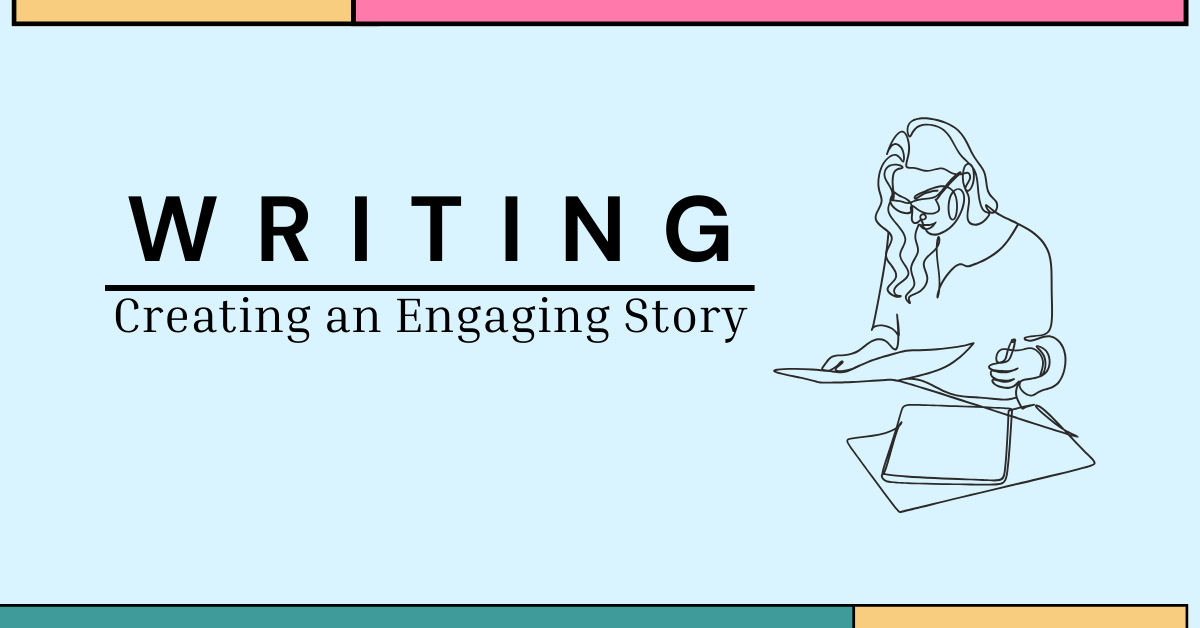Writing is a powerful tool for expressing thoughts, ideas and emotions. Whether you are a seasoned writer or a beginner, mastering the art of conveying your thoughts effectively is a valuable skill.
Understand your thoughts
Before putting pen to paper (or fingers to keyboard), take some time to reflect on your thoughts. Consider the main message you want to convey and the emotions you want to evoke. Writing becomes more powerful when you have a clear understanding of what you want to express.
Organizing your ideas
Organizing your thoughts is essential for creating a logical piece of writing. Start by outlining the main points you want to cover. This will provide structure to your thoughts and make it easier for your readers to follow your narrative. Consider using bullet points or a mind map to visually organize your ideas.
Crafting a strong introduction
The introduction sets the tone for your piece and captures the reader’s attention. Start with a compelling hook or an intriguing question to draw readers in. Clearly state the main idea or purpose of your writing so that readers know what to expect.
Developing your ideas
Each paragraph should focus on a single idea or point. Use supporting details, examples and evidence to strengthen your arguments. Be concise and avoid unnecessary information that may distract from your main message. Consider the flow of your ideas to ensure a smooth transition between paragraphs.
Choosing the right words
The choice of words plays a crucial role in conveying your thoughts effectively. Use a diverse vocabulary to express your ideas more precisely. Be mindful of the tone and style that align with the purpose of your writing. Avoid complex language that might your audience feel, they cannot share their opinions any more.
Creating vivid imagery
Adding descriptive elements to your writing helps create a vivid picture in the reader’s mind. Appeal to the senses by incorporating sensory details such as sight, sound, touch, taste and smell. This not only makes your writing more engaging but also enhances the reader’s understanding your thoughts.
Mastering the art of revision
Good writing is often the result of careful revision. Once you have completed your initial draft, take the time to review and refine your work. Look for opportunities to improve clarity, logical and overall impact. Consider seeking feedback from others to gain different perspectives on your writing.
Embracing your unique voice
Your writing is a reflection of your unique voice and perspective. Embrace your individuality and don’t be afraid to inject personality into your writing. Authenticity resonates with readers, making your thoughts more relatable and memorable.
Considering the reader’s perspective
While expressing your thoughts is extremely important, it’s equally important to consider your audience. Think about their interests, knowledge level and expectations. Tailor that writing to connect with the readers and make your thoughts more accessible to them.
Concluding with impact
A strong conclusion leaves a lasting impression on your readers. Summarize your main points, restate your thesis or end with a thought-provoking statement. Conclude your piece in a way that reinforces your message and leaves your readers with to think about something carefully.
Mastering the art of expressing your thoughts through writing is a continuous process of refinement and self-discovery. By understanding your thoughts, organizing your ideas and refining your writing skills, you can create impactful and meaningful pieces that resonate with your audience. Keep practicing, experimenting with different styles and embracing your unique voice to become a more effective and confident writer.

